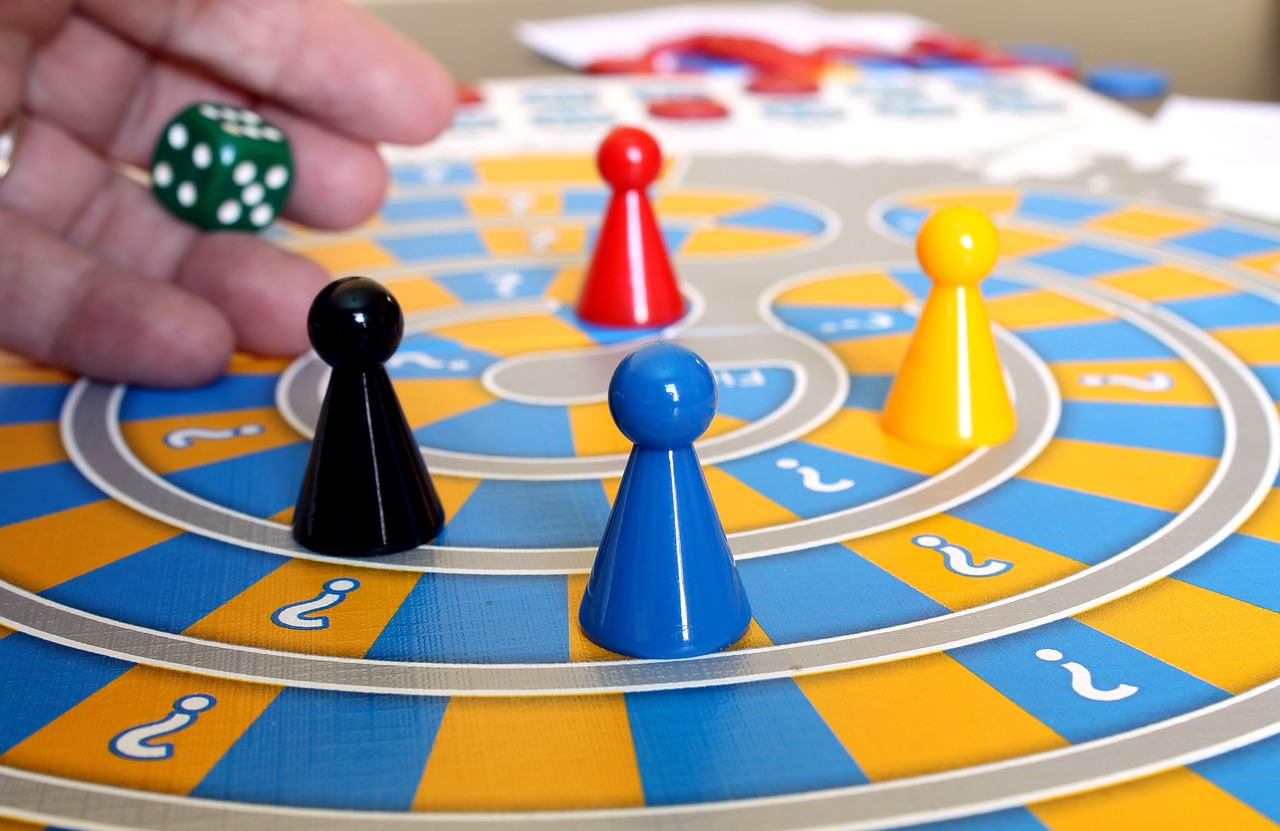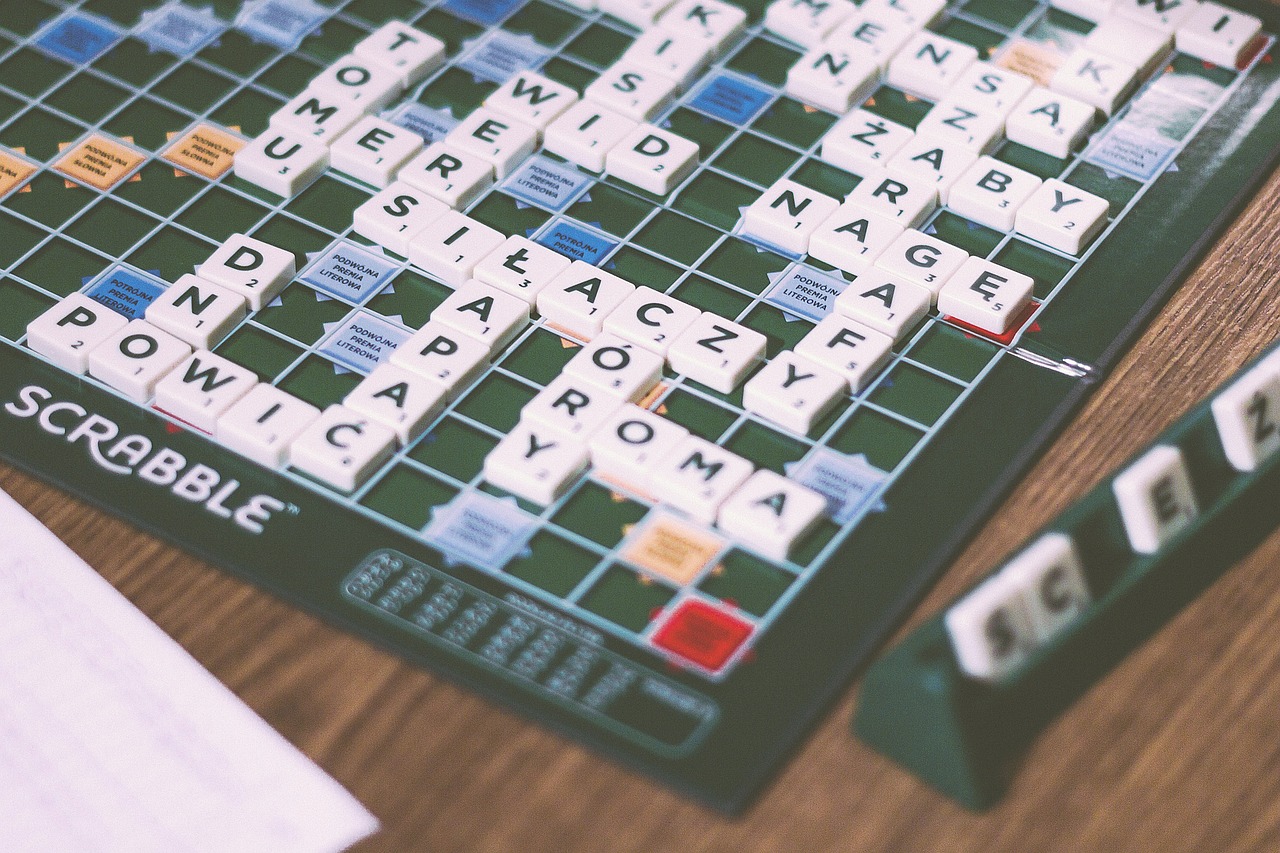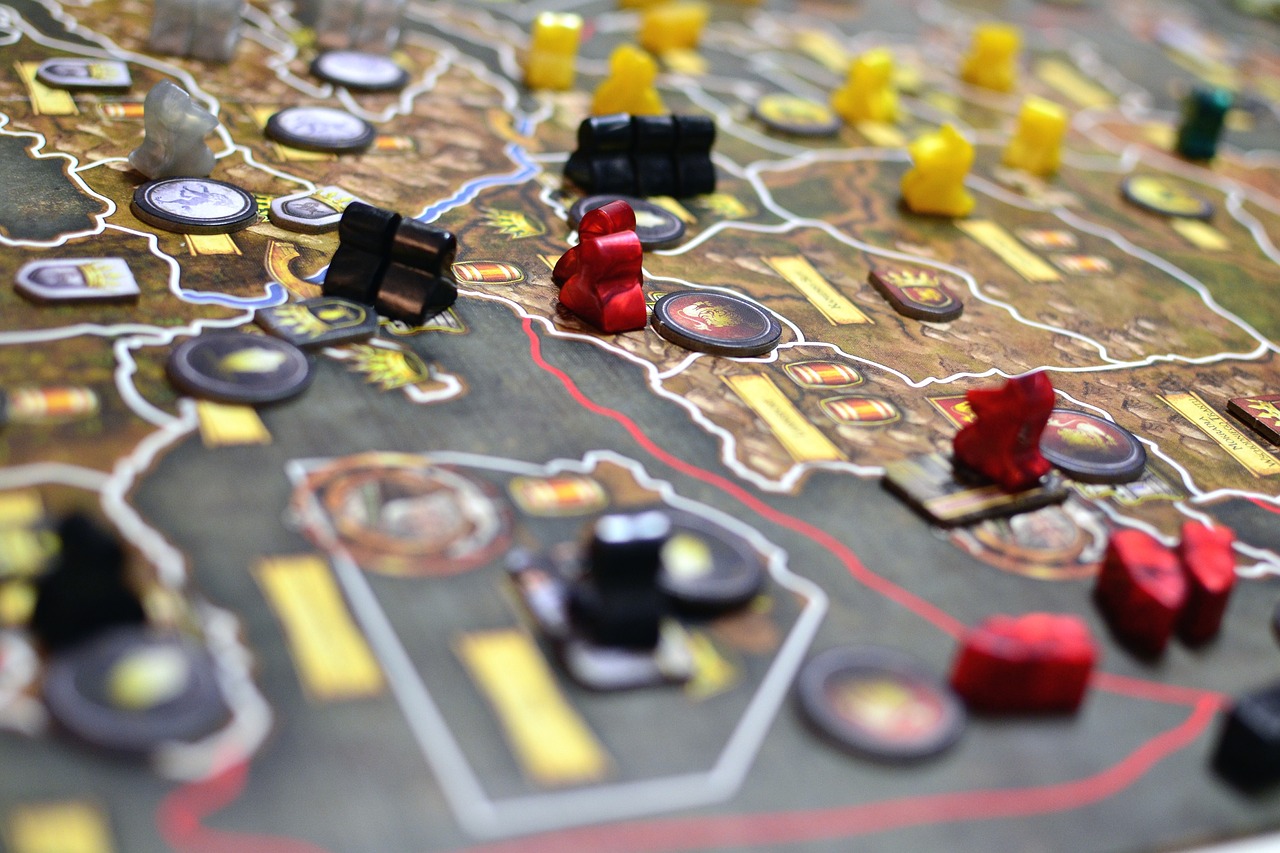Benefits of Game-Based Learning for Adolescents
Games have been a powerful tool for learning since ancient times. For adolescents in the final years of primary school and the first cycle of secondary school, integrating games into the educational process becomes even more relevant, not only because of their ability to capture attention and motivate but also due to their profound effects on the adolescent brain.
Neuroscience has shown that during adolescence, the brain is characterized by remarkable plasticity. This plasticity means that the brain is particularly receptive to new experiences, and since games engage multiple areas of the brain simultaneously, they become an ideal pedagogical tool.

When adolescents engage in games, they not only acquire knowledge in a fun way but also strengthen the neural connections necessary for long-term learning. Games, especially board games that require strategy, planning, and collaboration, stimulate the development of higher cognitive skills, such as problem-solving, working memory, and emotional regulation. Additionally, games release dopamine, a neurotransmitter associated with reward and motivation, which facilitates information retention and effective learning.

Discover Five Benefits of Play
Now that we are in a summer period and recharging energy, it is a good time to rethink how games can be effectively integrated into the classroom and to remember some of their many benefits:
- Fostering Intrinsic Motivation
Motivation is one of the keys to educational success, and board games can be an invaluable tool for boosting it. Games like Dixit, where players must interpret and associate cards with stories or concepts, allow students to explore their creativity and abstract thinking. For example, in a literature class, where students interpret excerpts from literary texts and associate them with the game’s cards. This type of game sparks the natural curiosity of adolescents and invites them to actively participate, thereby fostering intrinsic motivation to learn and explore.

- Development of Collaborative Skills
Teamwork is an essential skill in education and life. Games like Catan or Biopolis Junior are perfect for developing these skills in adolescents. In Catan, students must negotiate and collaborate to exchange resources, while in Biopolis Junior, they can move through the wheel of life solving challenges, practicing group decision-making, and getting to know all team members better.
- Reinforcement of Active Learning and Information Retention
Active learning is fundamental for students to retain information effectively. Games like Timeline or Scrabble can be excellent tools in this regard. In Timeline, students must place cards of historical events in the correct order, reinforcing their knowledge of historical chronology. On the other hand, Scrabble helps improve vocabulary and spelling skills in a fun and creative way.

- Reduction of Stress and Improvement of the School Climate
Games can also be an excellent antidote to stress, helping to create a more relaxed and positive school environment. After an intense week of exams, games like Codenames, where students work in teams to discover keywords from clues, are ideal for breaking the routine and relieving tension. These types of games foster humor, camaraderie, and relaxation, which contribute to improving the school climate.
- Preparation for the Digital Future
In an increasingly digital world, it is crucial for students to develop technological skills responsibly. Games like Trivial Pursuit in its digital version or Kahoot! allow adolescents to become familiar with using digital platforms in an educational setting. These tools not only help them learn interactively but also prepare them for using technology in their academic and professional future.

Integrating games into learning not only has the potential to transform the classroom into a more dynamic and motivating space, but it also enriches adolescents' educational experience significantly, equipping them with the skills and knowledge necessary to successfully face future challenges.
If you want to learn more about the potential of Biopolis Junior in your educational center, contact us, and we will offer proposals tailored to your needs.
It’s time to play to learn and learn by playing!
Bibliographical References:
- González, J., y García, M. (2010). Neurociencia y Educación: Guía práctica para padres y educadores. Alianza Editorial.
- Pérez, C., y Fernández, C. (2017). Juegos de mesa en el aula: Una estrategia didáctica para aprender jugando. Octaedro.
- García, E., y García, A. (2015). Aprender y enseñar con juegos de simulación. Ediciones Akal.

